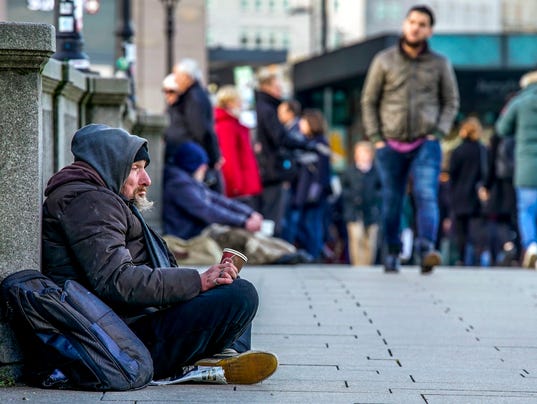Flu is Ravaging a Forgotten Sector of People

This has been a severe flu season. It started weeks earlier than normal and is lasting longer than usual. It’s hitting more people, including healthy people, than normal and it’s killing more people than normal, some of which were healthy and active people.
We were told to wash our hands frequently, especially after being out in public and shaking hands or touching shopping carts or even door handles. We have been told to avoid people who are coughing and/or sneezing or constantly sniffing or rubbing their nose.
The flu spreads through contact with someone who has been infected. That contact can be incidental, or just being exposed to their sneezes or coughs. This makes the flu especially spreadable in large crowds or in areas that are crowded with people. These places include schools, stores, the work place and sadly, church.
At church, people shake hands and they hug. It’s a place where people feel safe, secure and friendly. Their guard goes down as their social interactions increase.
While much of America has been warned and have been cautious about being in public places because of this year’s flu epidemic, we haven’t been warned about places where some people volunteer, like homeless shelters.
Many of the homeless have less access to good hygiene. They have less access to facilities where they can wash their hands on a regular basis.
In homeless camps, the conditions are often squalid and very unsanitary and the flu can sweep through a homeless camp as fast as a fire races across the grassy prairie.
Homeless shelters are different. They appear cleaner and safer, but the very nature of their indoor confinement can be a hotbed for the flu.
Eowyn Rieke, a board member of the National Health Care for the Homeless Council, warns:
“[If you’re homeless, having the flu] might mean that you can’t get up and manage to stay warm. You can’t go get food. And if you have a substance abuse disorder and you need to maintain either alcohol or opioid use, then you go into withdrawal.”
“The gravity of the flu for people who are homeless is enormous. And I think we often underestimate that.”
The Office of National Drug Control Policy reports:
“Homeless people also have a harder time managing chronic diseases. Roughly two-thirds of the group cope with a chronic condition or a substance abuse disorder. Smoking is common. And 3 in 10 people who are chronically homeless have a serious mental illness.”
It’s a noble thing to volunteer to help the homeless and I don’t want to cause anyone to stop volunteering, but if you are involved with helping the homeless, you need to be aware that there is a greater danger of being exposed to the flu and other illnesses. You need to take greater precautions to help yourself from getting sick.
At the same, we, the general public, need to have compassion and do what we can to help these people either with their immediate needs or helping them with their long-term needs, such as getting them back on their feet and out of their homeless condition.








Recent Comments